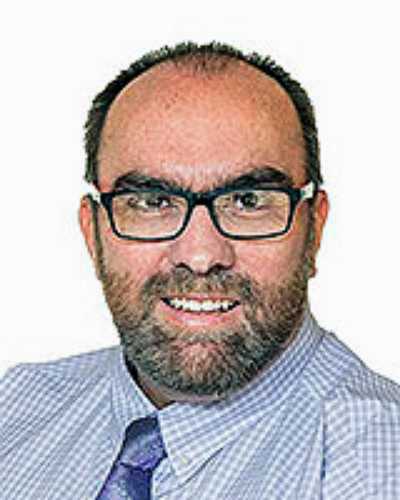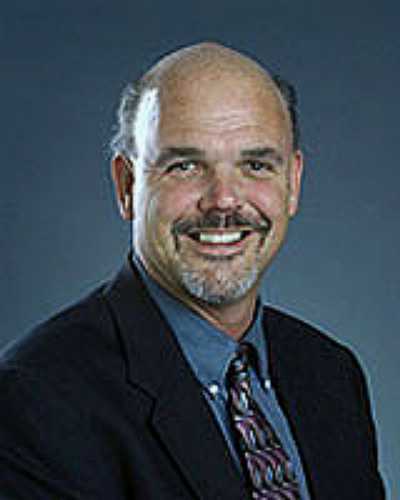early abstract:
Introduction: Pharmacists serve an important role in rural communities and in some cases, they may be the only health professional available. Their recruitment and retention is a major concern for rural communities and health services, however, a deeper understanding regarding the advantages and challenges of sustaining a rural pharmacy workforce is somewhat limited. The aim of the study is to develop a deeper understanding of pharmacists’ perspectives about factors influencing pharmacist recruitment and retention to rural and remote communities.
Methods: The exploratory study used a qualitative descriptive design. Structured interviews, lasting between 30–60 minutes, were conducted by a single researcher using the Pharmacist Community Apgar Questionnaire via face-to-face, telephone, or video conferencing technology. Data were analysed thematically using verbatim transcription, extraction of significant statements, identification of similarities in formulated meanings, grouping the similar meanings and significant statements that pertained to the phenomena of interest. Specifically, qualitative data were used to provide a deeper understanding of factors identified as key assets, capabilities, or those most challenging for pharmacist recruitment and retention.
Results: The advantages and disadvantages rural communities face recruiting and retaining pharmacists are presented. These insights are linked to the advantages of financial income, incentives, and moving allowance. Further advantages include the degree of practice autonomy, breadth of tasks, and the perception of the community, loyalty to the pharmacy and its pharmacists, along with community recognition. Challenges associated with the recruitment and retention of pharmacists centred on the need for spousal or partner employment opportunities, having greater proximity to schools, access to social or cultural opportunities, along with good transport connections. Further challenges included housing, the cost of schooling for children, having adequate locum or peer coverage, and opportunities to host interns.
Discussion: The study provides a deeper exploration of the meaning and experiences of factors that previous research has shown are considered advantageous or challenging to the recruitment and retention of pharmacists in rural areas. Through the voices of pharmacists living and working in a rural area, the findings further enlighten our understanding regarding how the multifaceted and complex nature of health workforce planning may be addressed. As such, greater pharmacist recruitment and retention is enabled through adequate financial compensation and incentives, along with additional tax incentives for business and health services. Further, innovation is required to enhance economic sustainability. Locum coverage and intern opportunities also require innovative approaches to address concerns among potential candidates. Lastly, efforts to enable and support social connections, such as schooling and spousal employment, while building community connection and a sense of rural community belonging remain essential to recruit and retain pharmacists.
Conclusion: Rural pharmacist recruitment and retention is complex, requiring a multi-pronged approach to implement practical solutions. Given this complexity and the unique features of each rural community, solutions require a ‘whole of community’ ownership to create innovative solutions. Recognition of specific advantages and challenges can address key driving factors for pharmacist recruitment and retention in rural communities.
Keywords: pharmacy, workforce, rural, recruitment, retention, lived experience







